A four-month-old baby girl tragically lost her life after succumbing to a heat-related illness in Arizona, USA. The tragedy took place following a boating trip during scorching temperatures. Amid police investigations, the passing of the infant sparked outrage and heat protection awareness.
Trigger warning: infant death — Four-month-old Tanna Rae Wroblewski suffered a heat-related illness while on a boat around 5:10 p.m. on Friday (July 5) during a weekend getaway with her parents, Matthew and Alyssa Wroblewski, on Lake Havasu, Arizona.
While details are limited, the Mohave County Sheriff’s Office informed local news Arizona’s Family that the baby girl was rushed to Havasu Regional Medical Center and then airlifted to Phoenix Children’s Hospital.
The infant’s family reportedly performed CPR on her until first responders arrived. Unfortunately, the sheriff’s office said that Tanna died a short time later, Arizona’s Family reported on Wednesday (July 10).
Four-month-old Tanna Rae Wroblewski tragically lost her life after succumbing to a heat-related illness in Arizona, USA
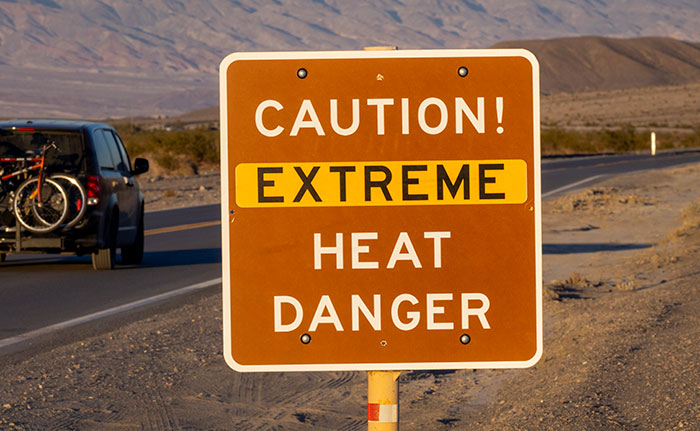
Image credits: David McNew/Getty Images
As per the Arizononian news outlet, records showed the temperature in the Lake Havasu area at that date and time was 118°F (nearly 48°C).
Detectives are reportedly now probing Tanna’s parents, as a public information officer, Anita Mortensen, told the New York Post on Thursday (July 11): “We are investigating the entire situation [including] what caused the death and what led to it.
“There have been no arrests at this time.”
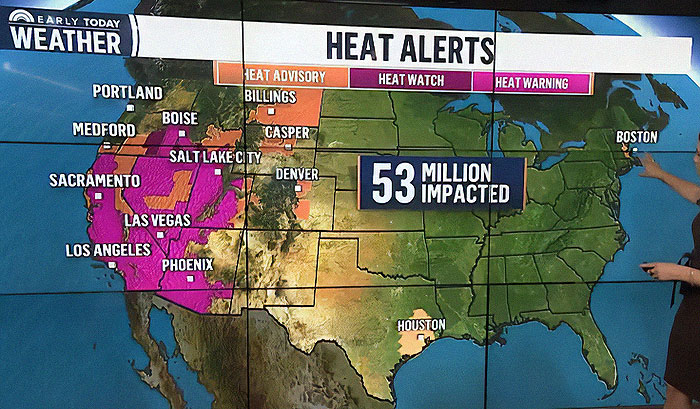
Image credits: NBC News
Tanna’s official cause of death has not been released by the Maricopa County Medical Examiner’s Office yet. The county has jurisdictional authority, as the baby died in Phoenix Children’s Hospital, which is located in Maricopa County.
Nevertheless, officials believe Tanna’s death is linked to the region’s heatwave.
Amid the ongoing investigation, Alyssa, who has not been charged in connection to her daughter’s death, posted a photograph of her late daughter on Facebook on Monday (July 8) with a caption saying it would have been the four-month anniversary of her birth.
The tragedy took place following a boating trip amid scorching temperatures
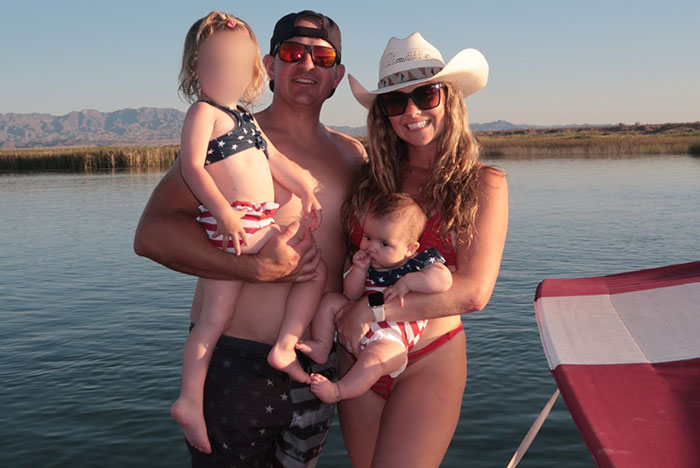
Image credits: Alyssa Wroblewski/Gofundme
Some observers subsequently called the grieving woman an “irresponsible and “bad mother,” as per The Post.
According to Alaska News Source, another person commented on Alyssa’s post prior to her Facebook page’s deactivation: “I just can’t imagine taking a four-month-old baby out in an extreme heat wave.
“Poor sweet little girl who needlessly suffered because of poor parental decisions.”
The Wroblewskis raised a total of $48,630 on a GoFundMe page they have set up for what appears to be funeral expenses.
“Tanna Rae Wroblewski, our real-life angel, became an angel in heaven,” the page read. “We are beyond devastated, heartbroken; there are just no words.”
Dangerous temperatures have risen across the US, leading to other unfortunate incidents similar to Tanna’s heartbreaking fate.
Amid police investigations, the passing of the infant sparked outrage and heat protection awareness
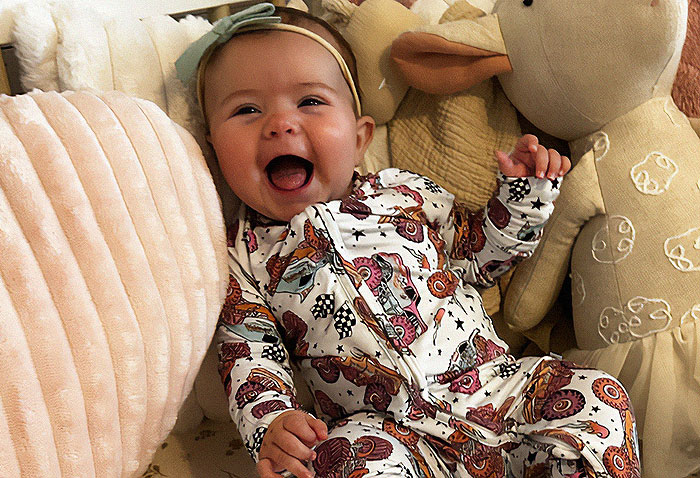
Image credits: Alyssa Wroblewski/Gofundme
36-year-old Ashlee Stallings from North Carolina was arrested and charged with involuntary manslaughter after she allegedly left her eight-year-old daughter in a hot car while at work, prompting her death.
The child was transported to a hospital where she was pronounced dead, according to the arrest warrant affidavit from the Charlotte-Mecklenburg Police Department, Kake ABC reported on July 3.
At the time, temperatures in Charlotte, North Carolina, where the incident happened, had reached 90+°F (over 32°C).
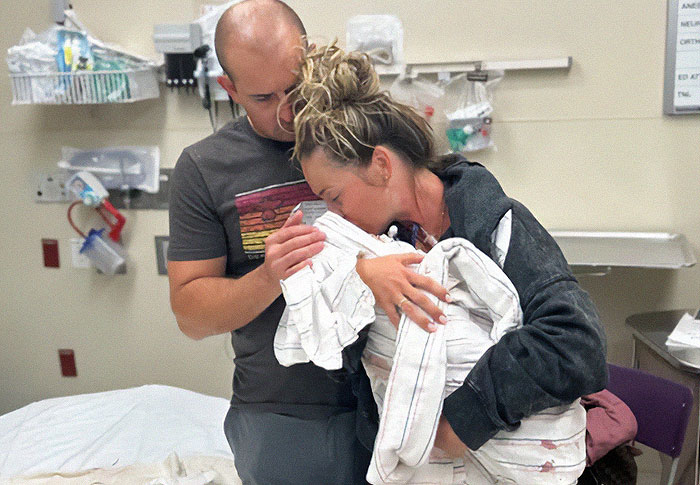
Image credits: Alyssa Wroblewski/Gofundme
The recent aftermath of multiple heat-related deaths among children was discussed by Asheville Police Department, North Carolina’s Russel Crisp.
He told WLOS News 13 on Thursday: “Every year, [there are] children sometimes who die from being in a car that is too hot.
“Some news story about children left in hot cars every year seems like a trend that happens across the nation, not just locally.”
Records showed the temperature in the Lake Havasu area at that date and time was 118°F (nearly 48°C)

Image credits: Andrew Harnik/Getty Images
Sarah Monahan-Estes, a pediatric hospitalist at Mission Children’s Hospital in North Carolina, told the local broadcaster that she has been seeing this among young children more frequently.
“Heat stroke is actually the leading cause of non-crash vehicle-related death in children less than 15 years of age,” the doctor explained.
She added: “A child’s body actually heats up three to five times faster than an adult’s body temperature does and a child can have a heat stroke or die when their body temperature reaches 107 degrees Fahrenheit (approximately 42°C).”
Ashlee Stallings was charged with involuntary manslaughter after allegedly leaving her daughter in a hot car, prompting her death

Image credits: Mecklenburg County Sheriff’s Office
The American Academy of Pediatrics (APP) suggests parents avoid taking babies outside for long periods of time if the heat index is greater than 90°F (32°C). Prolonged outdoor exposure on extremely hot days can cause babies to overheat quickly.
“Babies are not as effective at cooling their bodies as adults because they do not sweat normally,” Sushmita Yallapragada, a neonatologist, told Children’s Health.
The medical expert further explained: “In addition, babies are not able to tell you if they are overheating and not feeling well.”
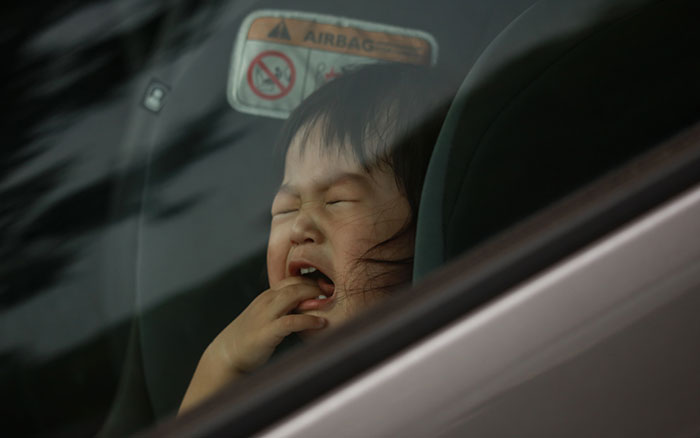
Image credits: yamasan/stock.adobe.com (Not the actual photo)
“Take breaks every 15-30 minutes or sooner based on your child’s response to the heat.”
According to the AAP, the ideal temperature for a baby’s room is between 68 and 72°F (20 to 22°C). Keeping a baby’s room cool is especially important when they sleep, as overheating can put an infant at risk for sudden infant death syndrome.
The following signs may indicate a baby is getting too hot: extreme fatigue or drowsiness, disinterest in feeding/drinking, flushed face, and sweatiness (may be more apparent in older children).
“People need to take their kids into account when making plans,” a reader commented



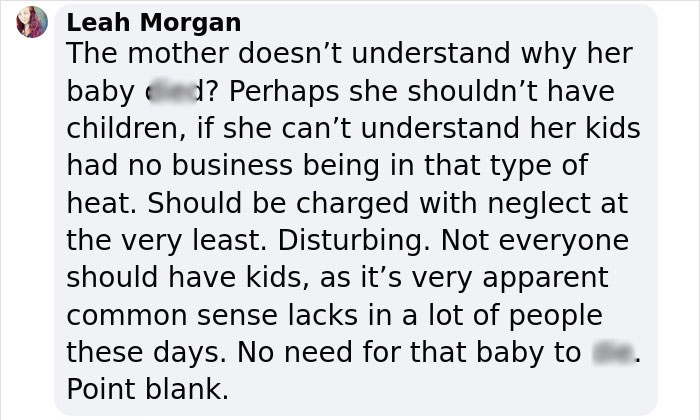
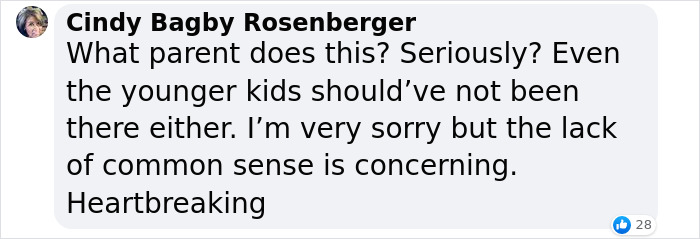

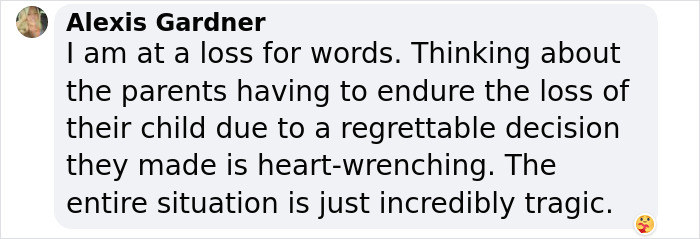















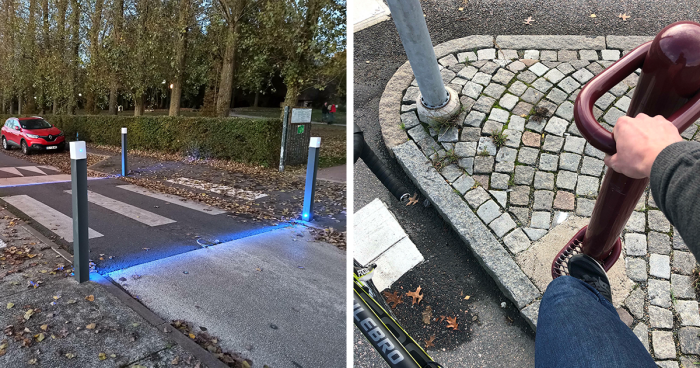







 English (US) ·
English (US) ·